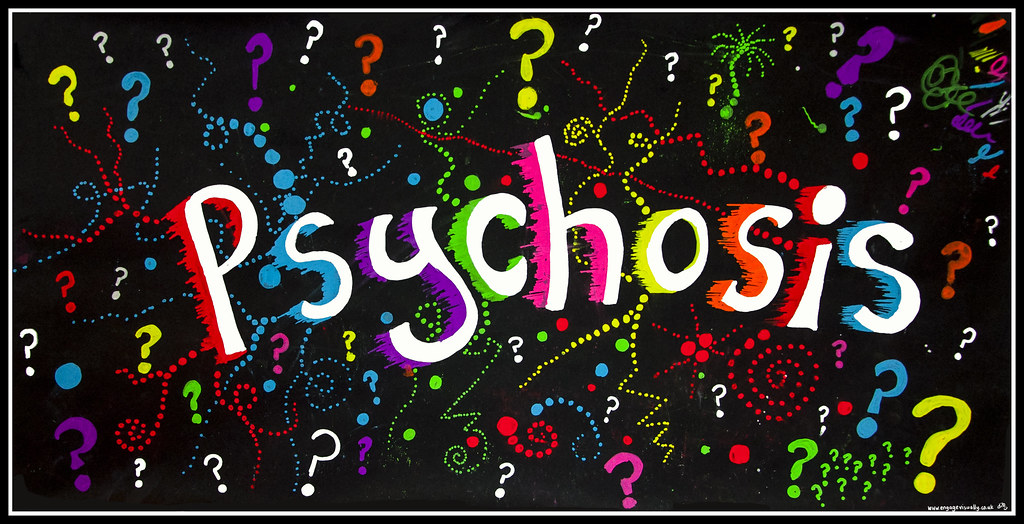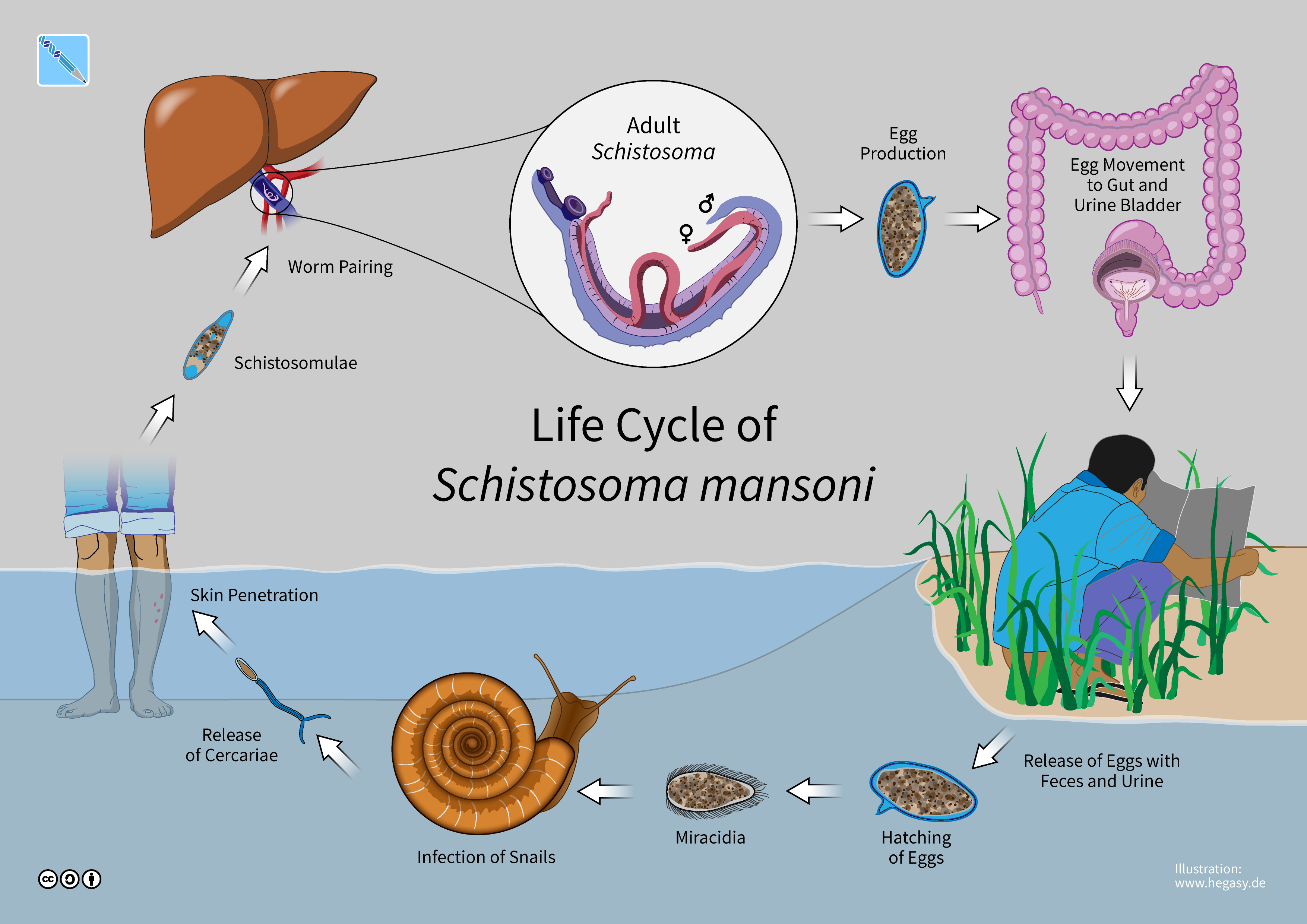Have you ever been so engrossed in an activity that the world around you fades away, leaving nothing but you and your creative endeavor? This phenomenon, known as being ‘in the zone’ or experiencing ‘flow,’ is not just a fleeting moment of inspiration but a state of consciousness that can be systematically understood and achieved. Groundbreaking research from Drexel University’s Creativity Research Lab has illuminated the neural pathways that lead to this coveted state of creative flow, offering insights into how we can harness our brain’s potential for effortless innovation.
The study, led by John Kounios, PhD, and David Rosen, PhD, focused on jazz improvisation, a task that epitomizes spontaneous creative expression. By recording high-density electroencephalograms (EEGs) from jazz guitarists, the researchers uncovered that creative flow is not merely a byproduct of hyperfocus but rather a sophisticated dance between extensive experience and the art of ‘letting go.’
Mihaly Csikszentmihalyi, the psychological scientist who first identified and studied flow, described it as ‘a state in which people are so involved in an activity that nothing else seems to matter; the experience is so enjoyable that people will continue to do it even at great cost, for the sheer sake of doing it.’ This study brings us closer to understanding how such a state is achieved in the brain.
The traditional view of flow as a state of hyperfocus suggests that intense concentration blocks out distractions, allowing for superior task performance. However, recent neuroscience research proposes that flow might arise when the brain’s default-mode network, responsible for daydreaming and introspection, generates ideas under the guidance of the executive control network in the frontal lobes.
Contrary to these theories, the Drexel study supports an alternative explanation: creative flow emerges from a combination of expertise and the conscious release of control. Through years of practice, the brain develops specialized networks that can generate ideas automatically, akin to a musician’s fingers moving effortlessly across the strings of a guitar without conscious thought.
The study’s findings are compelling. High-experience musicians reported more frequent and intense flow states compared to their less experienced counterparts, highlighting the importance of expertise in achieving flow. But expertise alone is not enough. The EEGs revealed that during high-flow states, there was increased activity in the left hemisphere’s auditory and touch areas, which are involved in hearing and playing music, and decreased activity in the superior frontal gyri, an executive control region. This suggests that creative flow is associated with reduced conscious control, a phenomenon known as ‘transient hypofrontality.’
For the seasoned musicians, flow was linked to greater activity in auditory and vision areas, but also to reduced activity in parts of the default-mode network. This indicates that the default-mode network may not contribute significantly to flow-related idea generation in these individuals. In contrast, the less experienced musicians showed little flow-related brain activity.
The practical implications of this research are profound. It suggests that achieving productive flow states is possible through practice that builds expertise in a creative domain, coupled with training to relinquish conscious control once sufficient expertise has been attained. This could lead to new instructional techniques for fostering creativity across various fields.
John Kounios encapsulates the essence of this research with a quote from jazz legend Charlie Parker: ‘You’ve got to learn your instrument. Then, you practice, practice, practice. And then, when you finally get up there on the bandstand, forget all that and just wail.’ To achieve creative flow, one must first master the scales of their craft, whether it be music, physics, computer coding, or fiction writing. Then, paradoxically, the key to unlocking the full potential of that expertise is to let it go.
This study, published in the journal Neuropsychologia, not only advances our understanding of the creative process but also provides a blueprint for accessing the elusive state of flow. By embracing the dual principles of expertise and release, we can all learn to tap into our brain’s innate capacity for creative genius, transforming the way we approach our work, our art, and our lives.
Related posts:
Your Brain in the Zone: A New Neuroimaging Study Reveals How the Brain Achieves a Creative Flow State
Your brain in the zone: A new neuroimaging study reveals how the brain achieves a creative flow state
Your brain in the zone: A new neuroimaging study reveals how the brain





